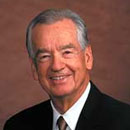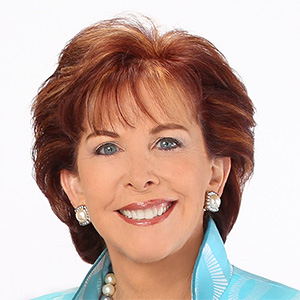Boeing joins hunt for answers after 15-year-old Jeju Air 737 crashes in South Korea
Published in Business News
Though it’s unknown what caused a Jeju Air 737 to crash Sunday at a South Korean airport, investigators appear to be focusing on reports of a bird strike and a possible landing-gear malfunction on the older Boeing airliner.
A technical team from Boeing and specialists from U.S. aviation agencies were traveling to Korea to assist in the investigation of the crash that killed 179 people. There were no early indications that manufacturing errors were to blame for the crash of the 15-year-old aircraft, a Renton-built 737-800.
The plane arriving from Bangkok skidded off a runway at the Muan airport in the southern part of South Korea, and appeared to have touched down with its landing gear fully retracted. It slammed into a concrete wall and exploded, killing all but two people on board.
The plane was destroyed but investigators have retrieved flight data and cockpit voice records of its black box, according to the Korean transportation ministry.
Investigators have said it’s too soon to speculate what may have caused the crash.
Officials said the airport’s control tower warned of a bird-strike risk, and the pilot issued a mayday call minutes after the warning. Videos show the Jeju plane’s landing gear wasn’t deployed as the plane landed, though the reason is unclear.
Bird strikes are seldom deadly — a 737, like most commercial aircraft, can operate on one engine for some time. It’s unclear why the landing gear hadn’t been lowered for landing, or whether the apparent bird strike that was discussed between cockpit and control tower just before the landing may have prevented the landing gear from being deployed.
The National Transportation Safety Board is leading the team with investigators from its agency, as well as the Federal Aviation Administration and a technical team from Boeing. They’ll assist Korea’s Aviation and Railway Accident Investigation Board, which will release information about the investigation, according to the NTSB.
The plane was a 737-800 first flown by Irish low-cost carrier Ryanair from 2009 to 2016, according to FlightRadar24, which tracks aircraft. Jeju Air, a low-cost Korean airline, acquired the jet in 2017.
The twin-engine 737-800 jetliner was one of Boeing’s Next Generation 737 models, manufactured in the company’s Renton factory and was a precursor to the 737 MAX. Boeing ceased production of the commercial version of the workhorse jet in 2020, when it was replaced by the MAX.
“The plane in question is very safe and has a good safety record,” Najmedin Meshkati, a professor of engineering at the University of Southern California who has studied the safety history of the Boeing 737 line, told The New York Times following Sunday’s crash.
In a statement, Boeing said it’s in contact with Jeju Air.
“We express our deepest condolences to the families who lost loved ones, and our thoughts remain with the passengers and crew,” the company said. A Boeing spokesperson Sunday morning referred questions to Korean authorities.
Regular maintenance checks found no signs of malfunction, Jeju’s Chief Executive Officer Kim E-Bae said in a Sunday news briefing.
Bird strikes can be dangerous for planes flying at hundreds of miles per hour, especially with large birds or flocks of birds entering an engine or windshield, according to the U.S. Fish and Wildlife Service.
In the U.S., strikes from birds and other wildlife cause an estimated $900 million in damage to civil and military aircraft each year. Bird strikes account for about 3% of safety incidents involving Boeing or Airbus aircraft, according to NTSB data.
In the hours after the Korea crash, there was no indication that manufacturing problems at Boeing were to blame. It’s normal for Boeing to assist in investigations involving its planes.
Still, two incidents involving Boeing planes — a near-catastrophic blowout of an Alaska Airlines 737 MAX in January and the catastrophic Jeju crash — will bookend the company’s turbulent year.
The fallout from the blowout on an Alaska plane climbing out of Portland on Jan. 5 included an ongoing criminal probe, federal investigations and a limit on 737 MAX production. Dave Calhoun resigned as CEO in March and was replaced by Kelly Ortberg, who vowed to restore trust in the company.
Boeing Machinists in September went on a strike that lasted for eight weeks, which strained the company’s and employees’ finances and resulted in layoffs.
The crash was one of multiple aircraft incidents in the past week.
An Azerbaijani airliner crashed Wednesday in Kazakhstan, killing 38 of the 67 people onboard the Embraer 190 plane. Then on Friday, a KLM flight from Oslo, Norway, en route to Amsterdam diverted to another Norway airport after a loud noise was heard while the Boeing 737 took off. The plane veered off the runway into the grass, but no one was injured.
An Air Canada Express plane skidded off the runway after landing at the Halifax, Nova Scotia, airport Saturday night. No one on the Bombardier Q400 plane was injured.
©2024 The Seattle Times. Visit seattletimes.com. Distributed by Tribune Content Agency, LLC.












Comments